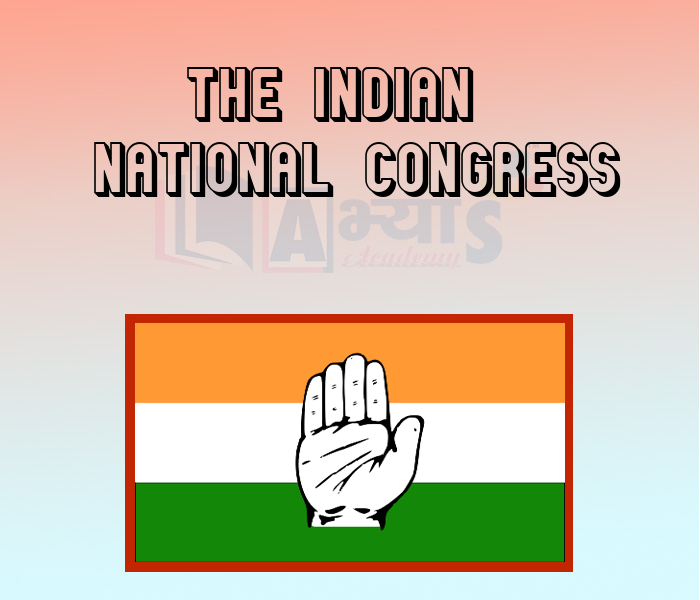The Indian National Congress









The Indian National Congress
The Indian National Congress- the main party of the freedom struggle- had promised that once the country won independence, each major linguistic group would have its own province. India had been divided on the basis of religion: despite the wishes and efforts of Mahatma Gandhi, freedom had come not to one nation but to two. As a result of the partition of India, more than a million people had been killed in riots between Hindus and Muslims.
The congress leaders would now go back on their promise created great disappointment. The Kannada speakers, Malayalam speakers, the Marathi speakers, had all looked forward to having their own state. The strongest protests, however, came from the Telugu- speaking districts of what was the Madras Presidency. When Nehru went to campaign there during the general elections of 1952, he was met with black flags and slogans demanding “we want Andhra”. The protest were so widespread and intense that the central government was forced to give in to the demand. Thus, on 1 October 1953, the new state of Andhra came into being, which subsequently became Andhra Pradesh.
After the creation of Andhra, other linguistic communities also demanded their own separate states. A states reorganization commission was set up, which submitted its report in 1956, recommending the redrawing of district and provincial boundaries to form compact provinces of Assamese, Bengali, Oriya, Tamil, Malayalam, Kannada and Telugu speakers respectively. The large Hindi- speaking region of north India was also to be broken up into several states. A little later, in 1960, the bilingual state of Bombay was divided into separate states for Marathi and Gujarati speakers, in 1966, the state of Punjab was also divided into Punjab and Haryana, the former for the Punjabi speakers (who were also mostly Sikhs), the latter for the rest (who spoke not Punjabi but versions of Haryanvi or Hindi.
Students / Parents Reviews [10]
My experience with Abhyas academy is very good. I did not think that my every subject coming here will be so strong. The main thing is that the online tests had made me learn here more things.

Hiya Gupta
8thOne of the best institutes to develope a child interest in studies.Provides SST and English knowledge also unlike other institutes. Teachers are co operative and friendly online tests andPPT develope practical knowledge also.

Aman Kumar Shrivastava
10thIt has a great methodology. Students here can get analysis to their test quickly.We can learn easily through PPTs and the testing methods are good. We know that where we have to practice

Barkha Arora
10thMy experience was very good with Abhyas academy. I am studying here from 6th class and I am satisfied by its results in my life. I improved a lot here ahead of school syllabus.

Ayan Ghosh
8thBeing a parent, I saw my daughter improvement in her studies by seeing a good result in all day to day compititive exam TMO, NSO, IEO etc and as well as studies. I have got a fruitful result from my daughter.

Prisha Gupta
8thAbhyas is a complete education Institute. Here extreme care is taken by teacher with the help of regular exam. Extra classes also conducted by the institute, if the student is weak.

Om Umang
10thIt was a good experience with Abhyas Academy. I even faced problems in starting but slowly and steadily overcomed. Especially reasoning classes helped me a lot.

Cheshta
10thA marvelous experience with Abhyas. I am glad to share that my ward has achieved more than enough at the Ambala ABHYAS centre. Years have passed on and more and more he has gained. May the centre flourish and develop day by day by the grace of God.

Archit Segal
7thI have spent a wonderful time in Abhyas academy. It has made my reasoning more apt, English more stronger and Maths an interesting subject for me. It has given me a habbit of self studying

Yatharthi Sharma
10thAbhyas Methodology is very good. It is based on according to student and each child manages accordingly to its properly. Methodology has improved the abilities of students to shine them in future.
